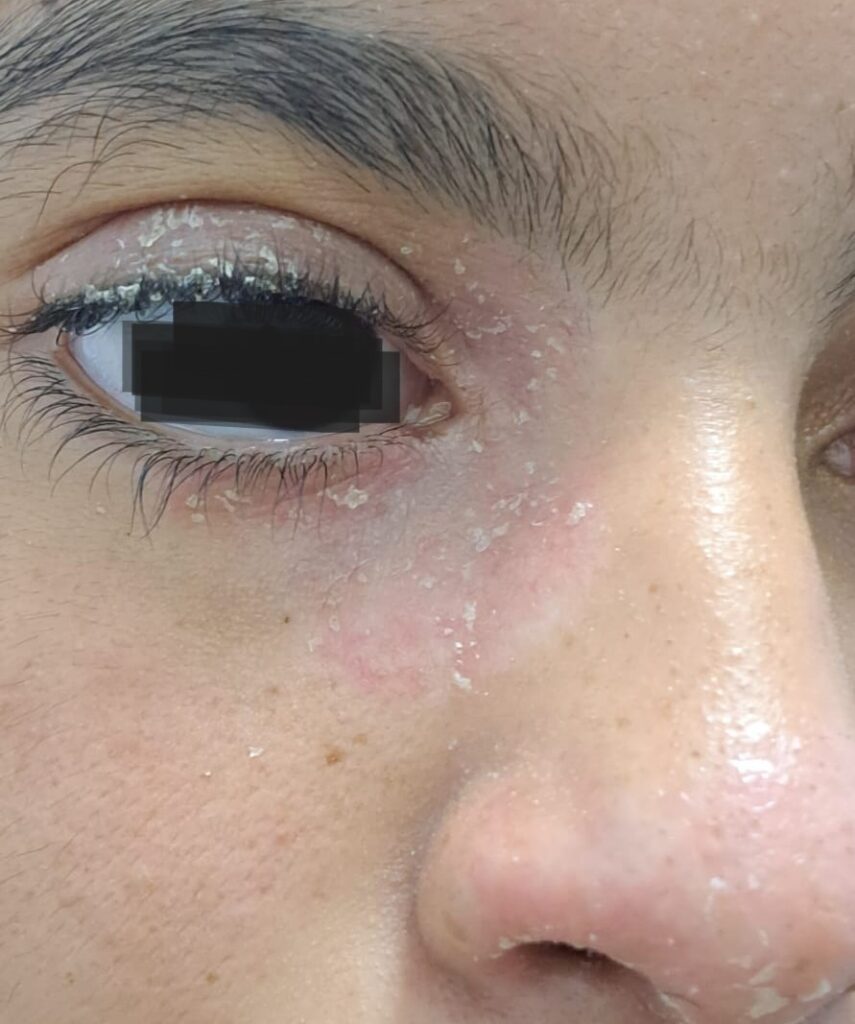Sebbata S![]() *1, Brarou H
*1, Brarou H![]() 1, Laaouina S
1, Laaouina S![]() 1, Khachani K2, Oubaaz B1, Fiqhi A1, Abdellaoui T
1, Khachani K2, Oubaaz B1, Fiqhi A1, Abdellaoui T![]() 3, Mouzari Y1 and Oubaaz A1
3, Mouzari Y1 and Oubaaz A1
1Department of Ophthalmology, Mohammed V Military Hospital, Rabat, Morocco
2Department of Dermatology, Ibn Sina Hospital, Rabat, Morocco
3Mohamed Ben Abdellah University, Fez, Morocco
*Corresponding author: Soundouss Sebbata, Department of Ophthalmology, Mohammed V Military Hospital, Rabat, Morocco
Received: 16 November 2023; Accepted: 29 December 2023; Published: 01 January 2024
© 2024 The Authors. This is an open-access article and is distributed under the Creative Commons Attribution License, which permits unrestricted use, distribution, and reproduction in any medium provided the original work is properly cited.


